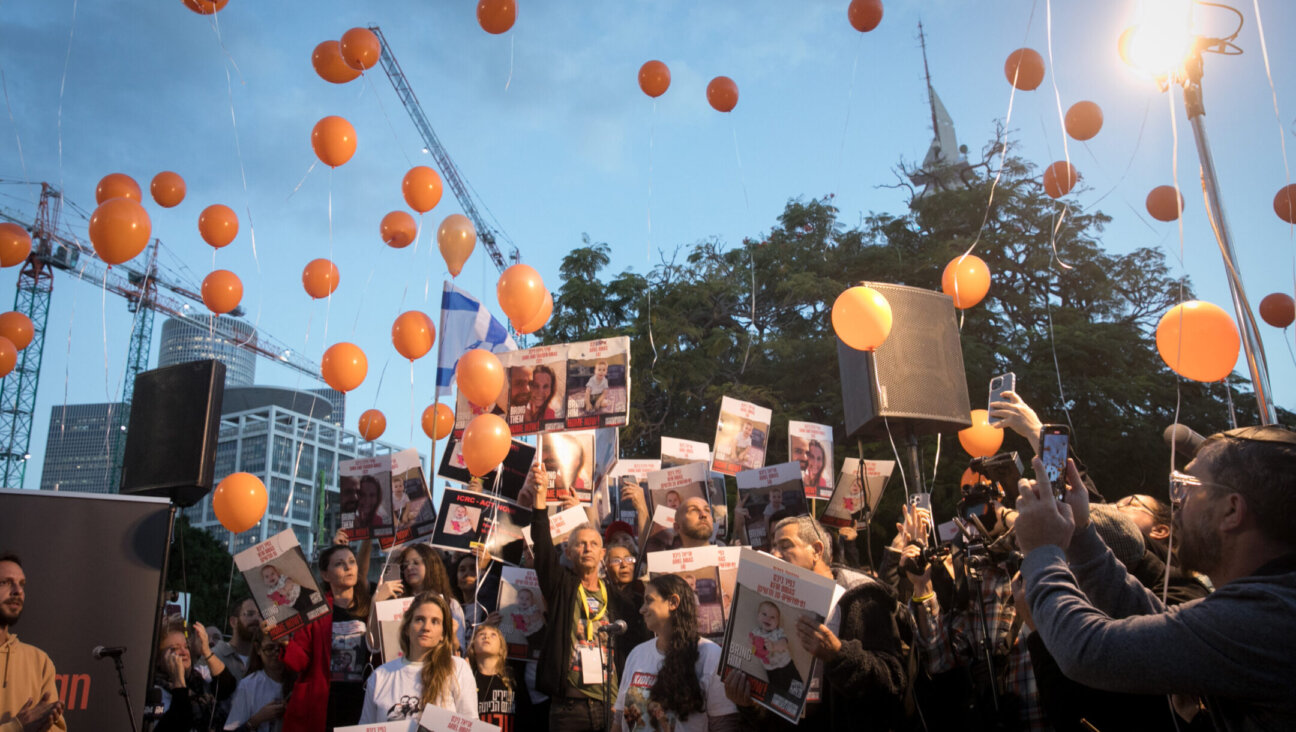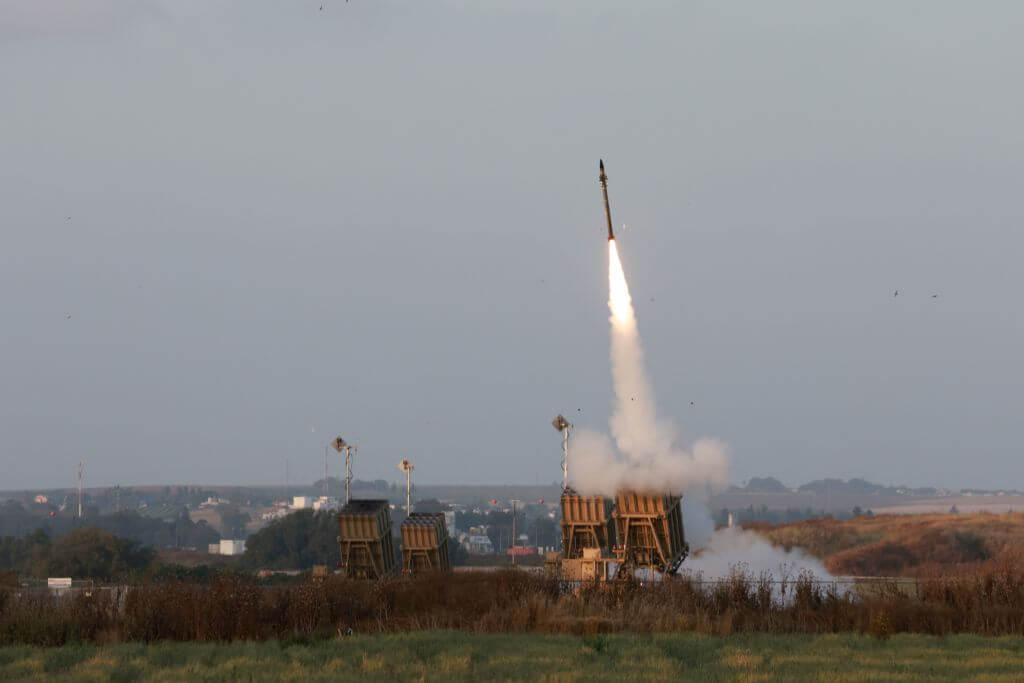Stalin’s ‘Jewish State’ Lays Plans
“We are traveling to a distant land,
Our father has the best plan.
To answer the age-old question:
Where can Jews live without trouble?
Past Siberia, next to China: Birobidzhan.”
I wrote these lyrics after my first trek to the Jewish Autonomous Region in 2000. I had gone to film this fascinating but little-known piece of 20th-century Soviet Jewish history for my documentary, “L’Chayim, Comrade Stalin!”
In March 1928, with significant support from president Mikhail Kalinin, the Soviet Union began encouraging Jews to settle in the autonomous region. The plan was to make Soviet Jews more productive by attracting the unskilled, poor and even middle class to work the land. To re-categorize Jews from a religious group to a nationality with its own language (Yiddish), culture and territory was the Soviet hierarchy’s answer to the “Jewish Question.” An official decree was issued, inspiring Jews to settle in this region; if this was met with success, the region would become a Jewish national territory. Finally in 1934, the district was designated the JAR, with Birobidzhan as its capital. By 1947, some 45,000 Jews lived in the JAR, which was slightly bigger than New Jersey. Today, 15 years after the disintegration of the former Soviet Union and despite some 4,000 Jews having emigrated from the region (since 1991), there are about 5,000 Jews living today in the JAR (total population circa 210,000), most of them in Birobidzhan.
On my 2001 journey to Birobidzhan, I rode the Trans-Siberian Express across the breadth of Russia. The trip took seven days. Last month, I flew via Tokyo, Seoul and Khabarovsk, arriving after a mere three days with my friend, Ben Platnik, at the apartment in which we stayed in Birobidzhan.
There have been many significant changes both inside and outside of the Jewish community since my last trip to Birobidzhan. The foremost is the new synagogue and its leader, Rabbi Mordecai Steiner, a gregarious, friendly Lubavitch Hasid. He, his wife and their five children have made Birobidzhan their home since 2002. The synagogue, which opened to great fanfare in the summer of 2004, holds Friday and Saturday morning services that attract mostly retired men. On Sunday mornings, Steiner and a popular local Jewish accordionist lead these same men and a few young boys and women in a jovial sing-along session of Lubavitch nigunim. One Sunday I joined in with my violin.
Steiner has even bigger plans: He bought the land adjacent to the synagogue and plans to build a mikveh (not sure for whom) and a Jewish museum. In the back of the synagogue, there is already a room that serves 100 free hot meals to the poor elderly. And with the help of Lev Toytman (who came to Birobidzhan with his parents in 1936), chairman of a secular Jewish community center called Frayd, plans are under way to expand this community dining hall to serve an additional 200. I was very honored when Toytman told me that my film had inspired the National Yiddish Book Center to send a veritable treasure trove of Yiddish books to the Jewish community center’s library.
At the community center, I performed for The Ghetto Club and The Veterans’ Club, two of the nine different groups that meet there weekly. The local television station filmed one of these performances. Afterward, the station interviewed me for the weekly half-hour Jewish programming (every Friday at 12:30 p.m.). There was no shortage of audiences for which to speak and play music. I also appeared in front of the Yiddish class at the local Teachers College, at the Oneg Shabbat organized by the women’s group Chava (led by Boris “Dov” Kaufman, who leads the other synagogue — more of a shtibl — called Beit Knesset), and at the Sholom Aleichem library, which was attended by a diverse audience of youth from the local high schools, Jews, Russian ethnic Koreans and Chinese. (Camera in hand, I filmed many of these experiences — 15 minutes of which will be added to the DVD version of “L’Chayim, Comrade Stalin!”).
Along with the Jewish life, the current economic situation is better for those who have managed to open up businesses (factories, real estate, restaurants, etc.) and take advantage of the Moscow entrepreneurs’ investing in this region, and of the cheap Chinese labor that keeps construction costs down. These positive changes have helped to stabilize the Jewish population. In the past few years, those immigrating (mostly to Israel) have been offset by the number of those who have returned (mostly from Israel).
But can one hear Yiddish — the official language, along with Russian — in the JAR anywhere? Unfortunately there were very few Jews (and non-Jews) under 40 whom I met who spoke even just a little Yiddish. Though Yiddish is taught in the two public schools, the fact that it doesn’t have any practical conversational use limits retention. Besides some of the elderly Jews, only those young students at the Teachers College who will graduate with a degree in Yiddish speak conversational Yiddish. And they told me they are worried there might not be a competent Yiddish instructor after the current class’s graduation. Having survived Stalinism, mass emigration and capitalism, there is something singular about this place — with its giant railroad sign in both Russian and Yiddish letters that welcomes the Trans-Siberian passengers every day — that beckons me. I look forward to returning to Birobidzhan again and again.
A message from our Publisher & CEO Rachel Fishman Feddersen

I hope you appreciated this article. Before you go, I’d like to ask you to please support the Forward’s award-winning, nonprofit journalism so that we can be prepared for whatever news 2025 brings.
At a time when other newsrooms are closing or cutting back, the Forward has removed its paywall and invested additional resources to report on the ground from Israel and around the U.S. on the impact of the war, rising antisemitism and polarized discourse.
Readers like you make it all possible. Support our work by becoming a Forward Member and connect with our journalism and your community.
— Rachel Fishman Feddersen, Publisher and CEO




















